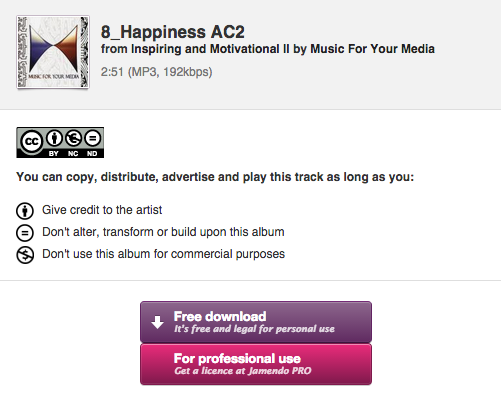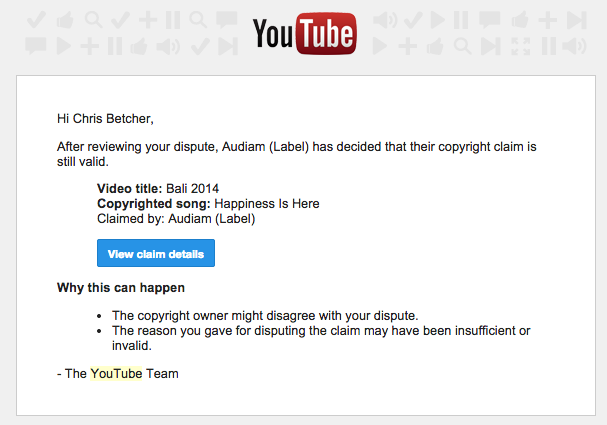As many of you may know, I’m a big supporter of Creative Commons and the ideals of open sharing. I publish most of my stuff under a CC licence, usually BY-SA, because I think sharing is important and I believe that the world is a better place if we allow others to build on what we do (in the same way that I often build on the influences of others).
So, a while back I published a couple of things to the OER Commons; a site where teachers can upload and freely share their educational resources with others. The general idea is that if you publish to OER Commons, anyone can take your work and remix it and build upon it to create a version for their own individualised use. For busy teachers who all too often find themselves “reinventing the wheel” in the creation of their own teaching resources, it’s a brilliant concept. You can also attach metadata to the resources you share to make them more searchable, and even map them to the US Common Core standards if you wish. If someone finds your work useful, but wants to make slight changes, the site provides the option to remix the work, connecting the new work with the old work via metadata. Like I said, it’s a brilliant concept.
One of the resources I published to the OER Commons was a worksheet called “What Rights, where?” which aims to be a guide on how to select the appropriate Creative Commons license for a piece of creative work. It links to a Google Doc which suggests a range of scenarios and asks the user to think about which of the CC attributes might be most appropriate for the circumstances.
I got an email the other day informing me that another OER Commons user, Binod Deka, had made a remix of my What Rights, where? worksheet. I was pleased to think that someone liked it and might have found it useful enough to remix it for their own needs. After all, that’s the whole point of OER Commons.
Of course, I was also curious as to what changes he might have made to it, so I took a look at his version to see what was different. You can see his version here. The weird thing is that, from what I can see, it bears absolutely no resemblance to my original. His seems to have just removed 100% of the content that I provided, and he has replaced it with a plagiarised cut and paste of information from the Wikipedia definition of what Rights are. It’s a related idea I suppose, but completely disconnected from my original work.
I suppose it’s one of the risks you take when you share openly, that you have to trust that people building upon your work won’t destroy more than they create. While I’m glad to see my work getting used, I’m not too thrilled about the idea that his work of plagiarism from Wikipedia purports to be a remix of something of mine. I don’t think it was done with malice or any ill-intent, but it’s a bit annoying. It’s also a bit ironic that the work that gets credited as the source (mine) gets cited with a remix link, and the work that is actually used in the remix (from Wikipedia) is not cited at all.
I like the term “remix” because it implicitly suggests that the original work should still be somewhat evident in the new work. A remix is not designed to completely mask the original work in the same way that students are taught to hide their original sources lest they risk an accusation of plagiarism. I have no issue with someone remixing my work, but I’m perplexed by the idea of my work not being even remotely evident in the remix.
All of this got me thinking… At what point is a remix no longer a remix? For that matter, when does plagiarism cease to be plagiarism? And how much originality needs to added to an idea of influence before you can legitimately consider it to be a new work?
As always, your thoughts are valued in the comments…
Featured Image: Acrylic Paint from Wikipedia






